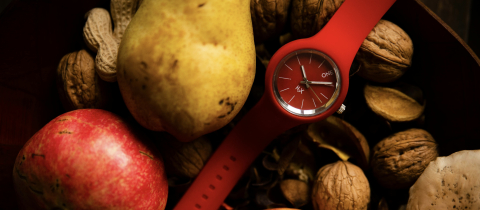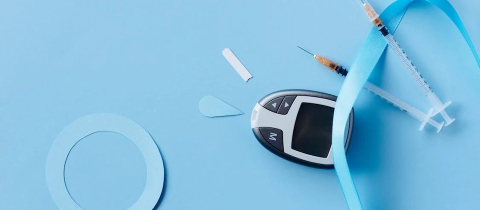This article was originally posted in the Montreal Gazette.
One of the most important — and preventable — risk factors for cardiovascular disease is high blood pressure. Treating hypertension, whether with lifestyle factors or medications, lowers the risk of heart attack, strokes and cardiovascular mortality. But in order to treat something, first you have to measure it properly. There are many issues in proper blood pressure measurement. One that is often overlooked is the size of the cuff on a blood pressure monitor.
Today, most people measure their blood pressure at home with an automatic BP monitor. Contrary to popular belief, these automatic machines are preferred over the older manual versions. Their measurements are reproducible and standardized. The numbers can be saved in memory and the newer models even provide a display or printout that summarizes your blood pressure over time. Measuring blood pressure at home also avoids the problem of white coat hypertension, where people have falsely elevated blood pressure measures when they go to the doctor.
I’m often asked if I recommend one model over another. I don’t. I’ve found they are all roughly comparable with the only difference being size, whether they run on batteries, and the size of the display. These are personal preferences that don’t really affect machine accuracy. A list of Hypertension Canada approved blood pressure machines is available for anyone who wants to check, but machine defects are rarely an issue.
False measurements can occasionally happen if someone has an irregular heart rate or a very rapid heart beat and the machine will return an error message. But usually false measures are the consequence of improper technique.
In brief, if you do measure your blood pressure at home you must try to take it at roughly the same time every day. You should always measure your blood pressure after sitting calmly for five minutes and not when stressed or unwell. You should not talk or do anything during the measurement and make sure the cuff is applied directly to the skin and not over clothing. Measure your blood pressure twice, if not three times, with a one minute interval between measurements because the first measure is often false elevated. Speaking, moving around during the measurement or any physical or emotional stress will falsely elevate the reading and confuse matters.
This advice is I think generally well known but the issue of cuff size is often overlooked. The one deficit of the automated blood pressure monitors is that many of them only come with a single BP cuff. Ideally, the cuff should match the thickness of the patient’s arm. It’s not simply an issue of comfort. Using too large a cuff produces a falsely low blood pressure measurement. A cuff that’s too small produces one that’s too high.
This is not new information, but a recent Cuff(SZ) trial used a crossover design to see how much cuff size can throw off blood pressure measurements. By definition, the length of the bladder of a BP cuff (the part that inflates) should be 80 per cent of the arm circumference. In practical terms, cuffs come in four sizes for adults: small, regular, large and extra-large with most people being well served by the regular size.
But for those who aren’t, choosing the wrong size had a considerable effect on blood pressure. One size too large underestimated blood pressure by 3.5 points. One size too small overestimated by 4.8 points. Two sizes too small and it overestimated by a whopping 19.5 points.
While 5 mmHg (millimetres of mercury) may not seem like a large discrepancy, it is often enough to make the difference between starting medication or not. People often think their blood pressure is wildly fluctuant or that their machines are unreliable when a lot of blood pressure variability can probably be explained by technique and human error. As with most things, the fault lies not so much in the stars, or our machines, but in ourselves.







